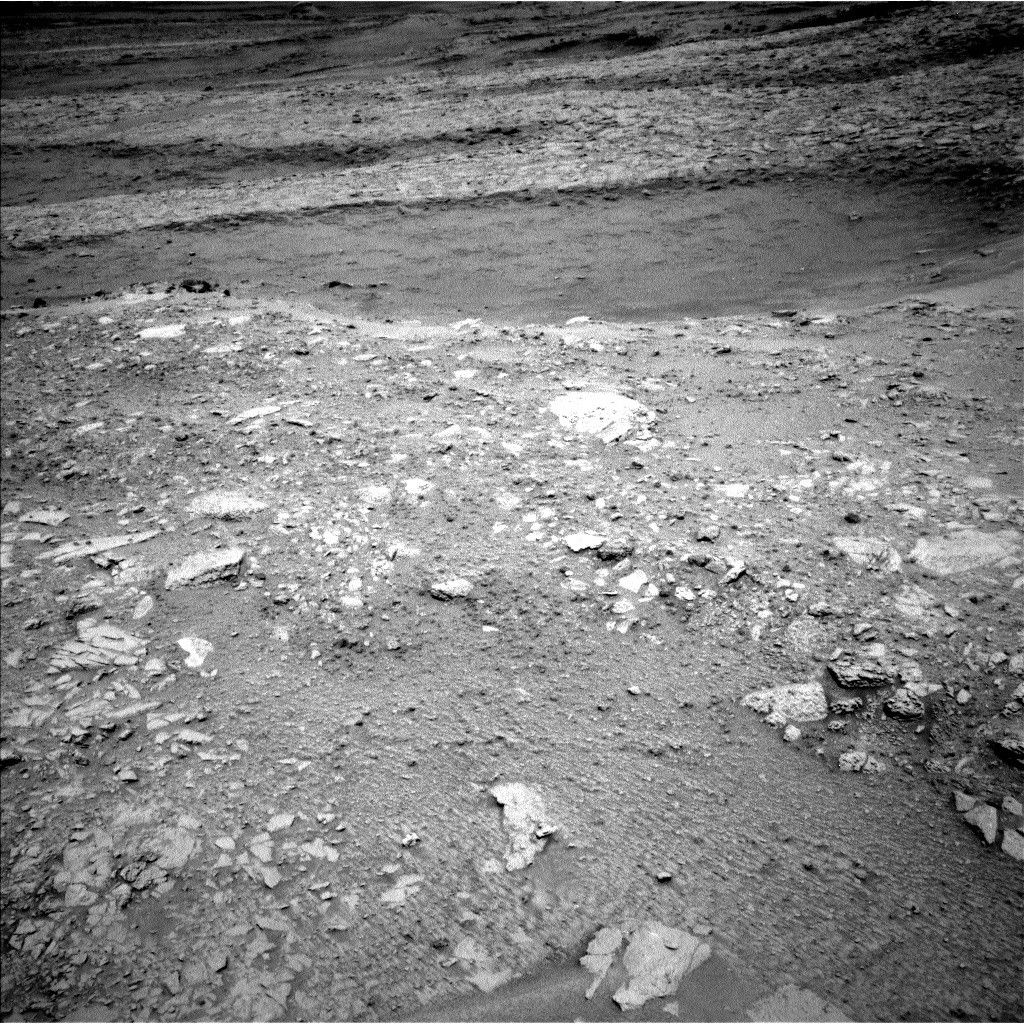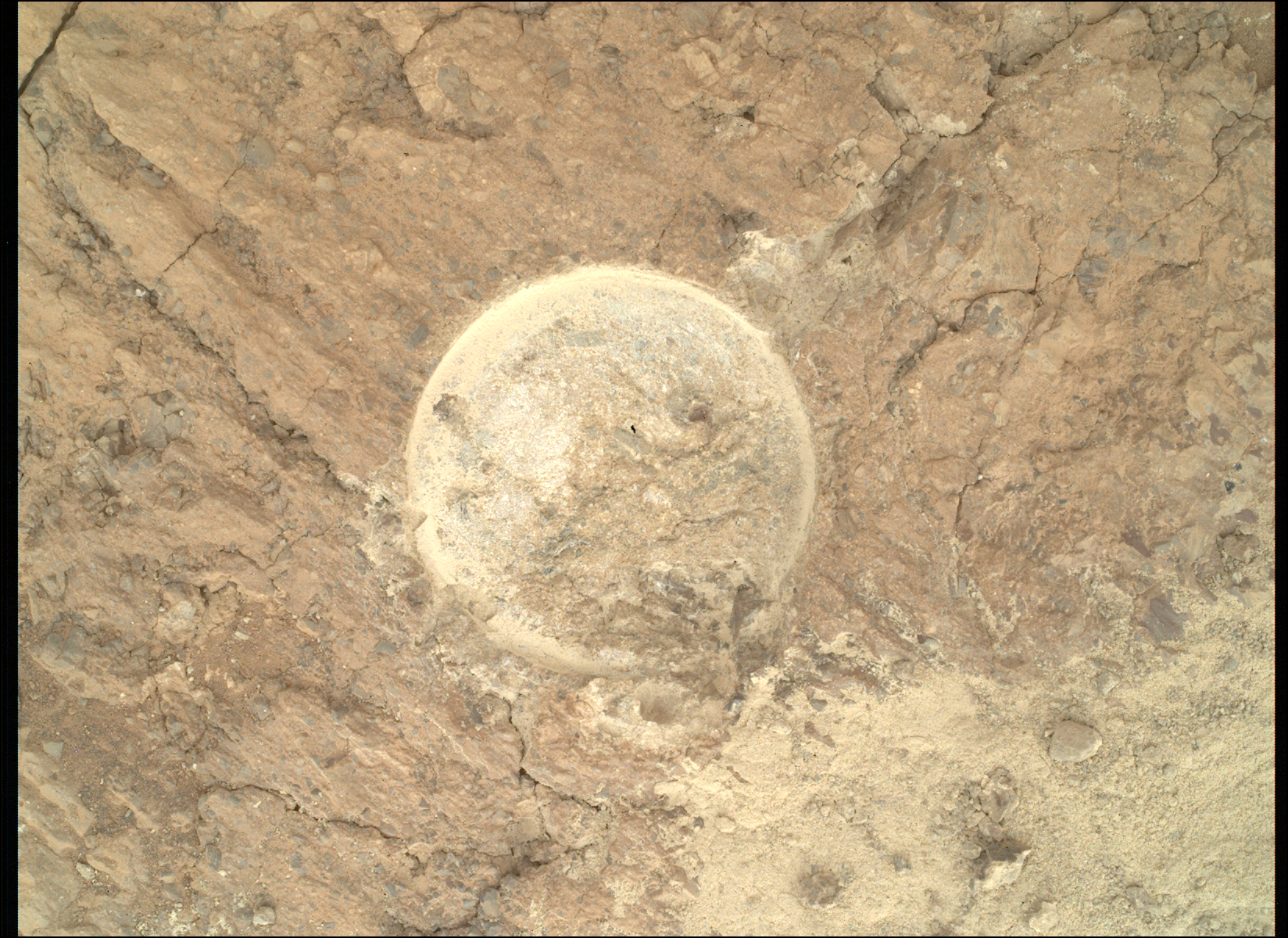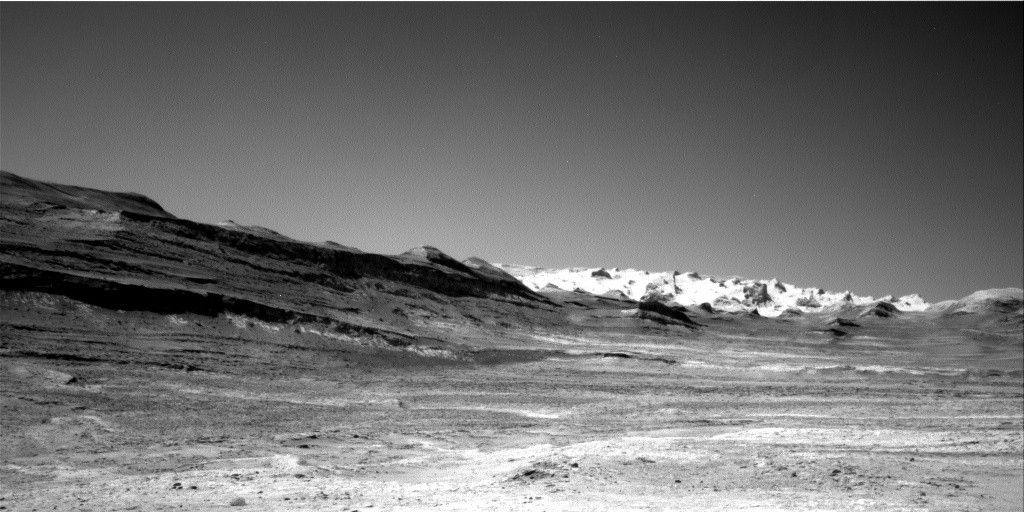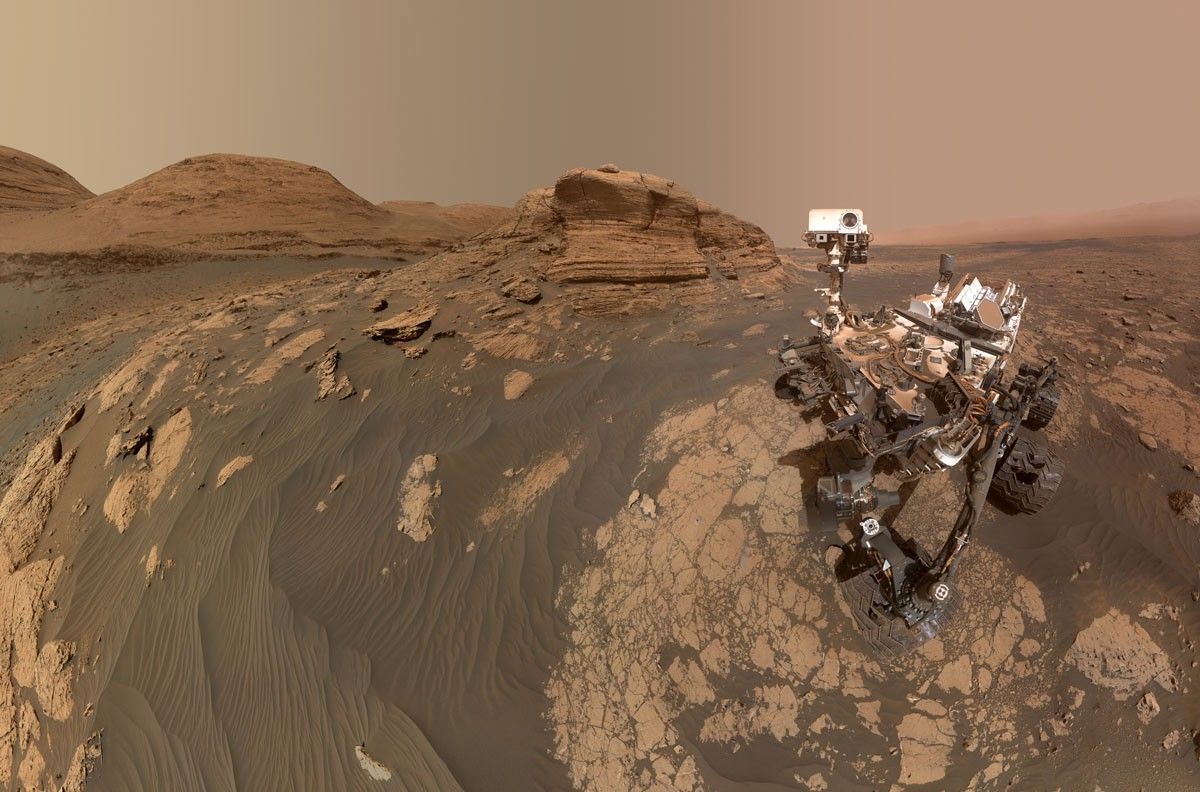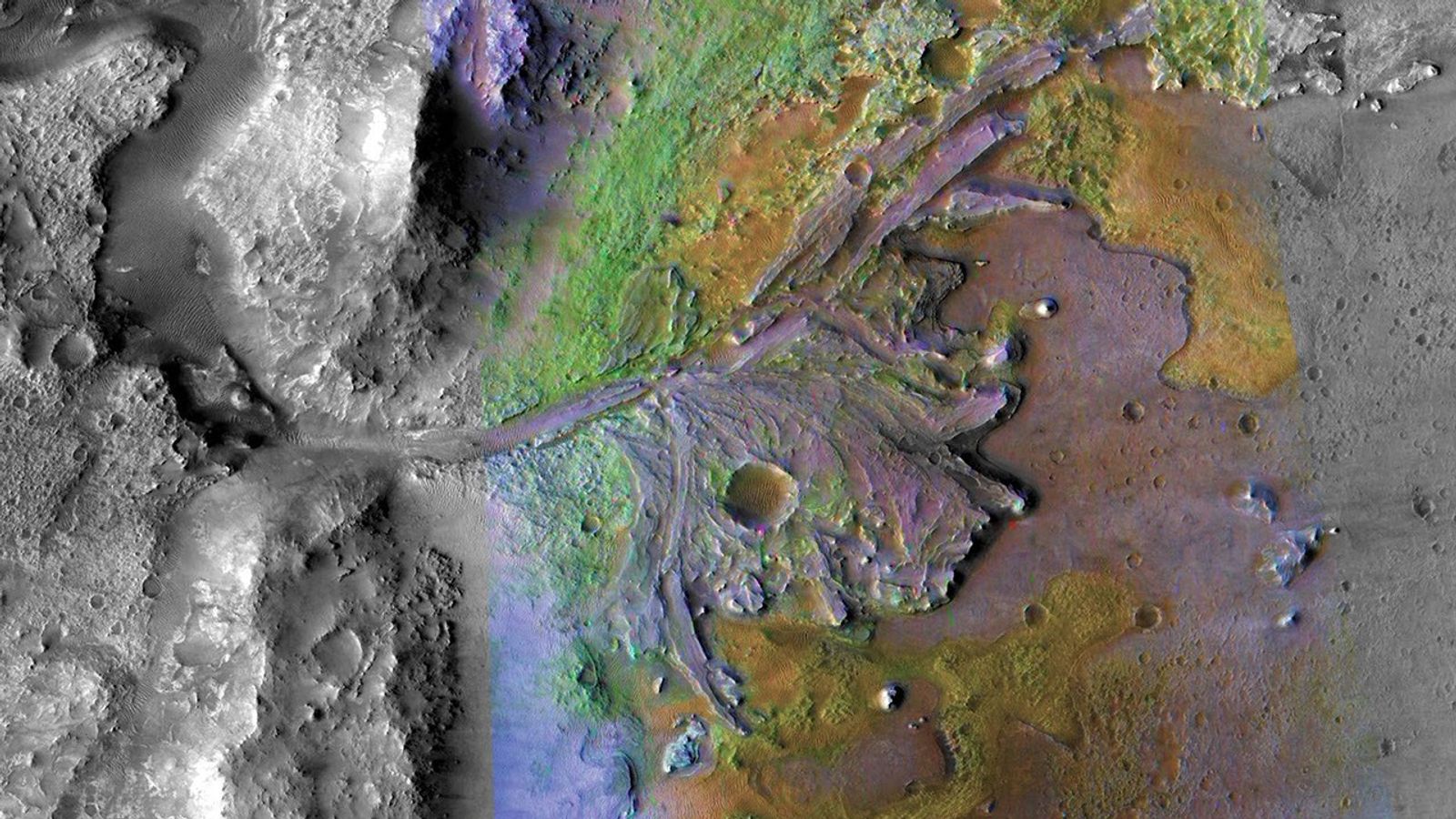Now Reading: Curiosity Blog, Sols 4668-4674: Winding Our Way Along
-
01
Curiosity Blog, Sols 4668-4674: Winding Our Way Along
Curiosity Blog, Sols 4668-4674: Winding Our Way Along

3 min read
Curiosity Blog, Sols 4668-4674: Winding Our Way Along
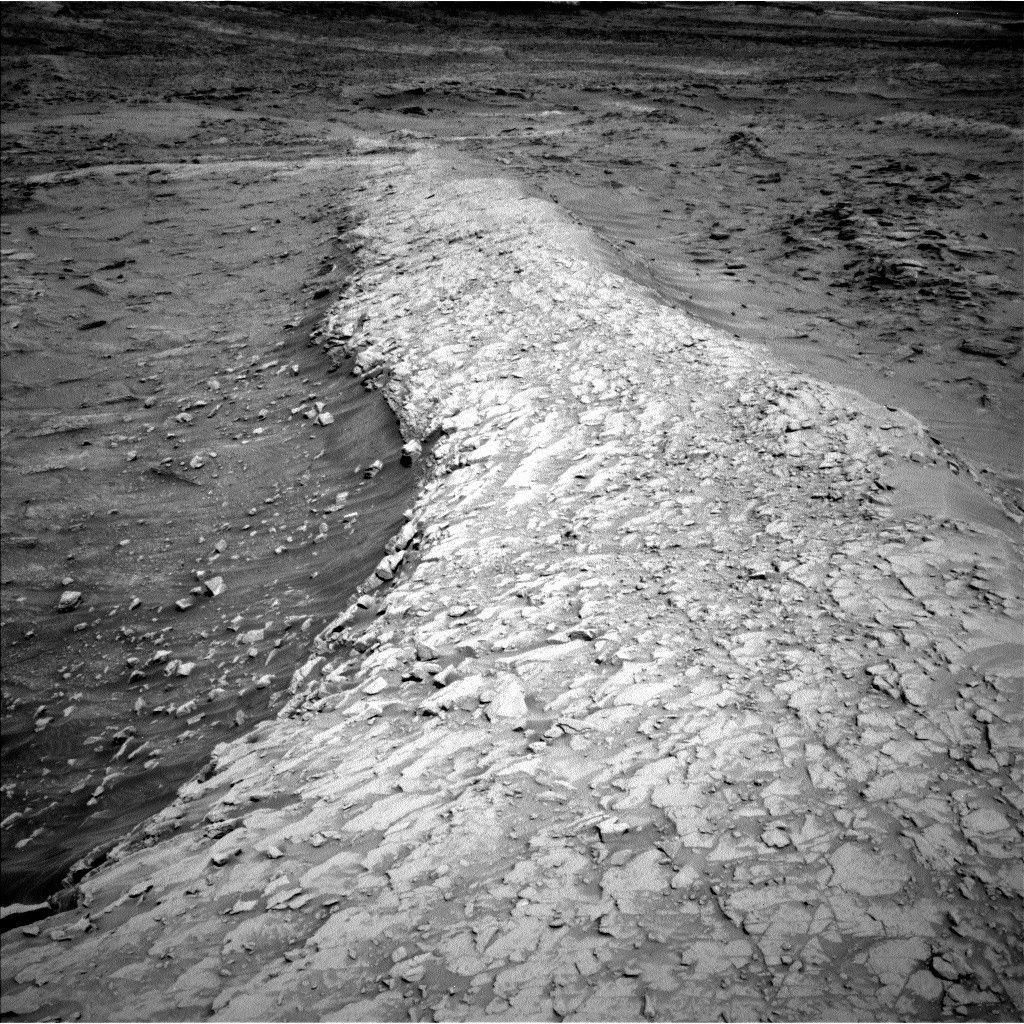
Written by Alex Innanen, Atmospheric Scientist at York University
Earth planning date: Friday, Sept. 26, 2025
We are continuing through the boxwork region, taking a twisty-turny path along the ridges (many of which are conveniently Curiosity-sized). One thing we’re keeping an eye out for is our next drill location in one of the hollows. Our most recent drive put us right in the middle of two such hollows, which we’ve named “Laguna Escondida,” and “Laguna Socompa.” As we’re keeping an eye out for a good spot to drill though, we’re still using our normal suite of instruments to continue our investigation of the boxwork structures.
This week, we’ve had six contact science targets along the tops of the ridges, which have given MAHLI and APXS plenty to do. ChemCam and Mastcam have also been keeping busy, with several LIBS measurements from ChemCam and mosaics from both, of targets near and far. We’re not only interested in imaging the hollows to scope out our next drill site but also in continuing to investigate the structure of the ridges, and look further afield at the more distant boxwork structures and buttes around us.
On Monday, I was on shift as the science theme lead for the environmental science theme group (ENV). We’re coming up to the end of the cloudy season in just over a week. As a result, we’ve been making the most of the clouds while they’re still here with our suite of cloud movies — the shorter suprahorizon and zenith movies, which we use to look at clouds’ properties directly overhead and just over the horizon; a survey to see how the brightness of the sky and clouds change with direction, which consists of nine cloud movies all around the rover; and the cloud altitude observation, which uses shadows cast by clouds to, as its name suggests, infer the height of the clouds. Once the cloudy season is over the number of water-ice clouds we see above Gale crater decreases dramatically, so we shelve the two longer observations for another year and just use the zenith and suprahorizon movies to monitor cloud activity.
The end of the cloudy season does bring about the start of the dusty season though, where more dust gets lifted into the atmosphere and the lovely view of the crater rim that we’ve been enjoying gets a bit hazier. We monitor this with our regular line-of-sight and tau observations. We also tend to see more dust-lifting activity, like dust devils, which we keep an eye on with 360-degree surveys and dedicated movies. With the ever-changing atmosphere, there’s always something for ENV to do.
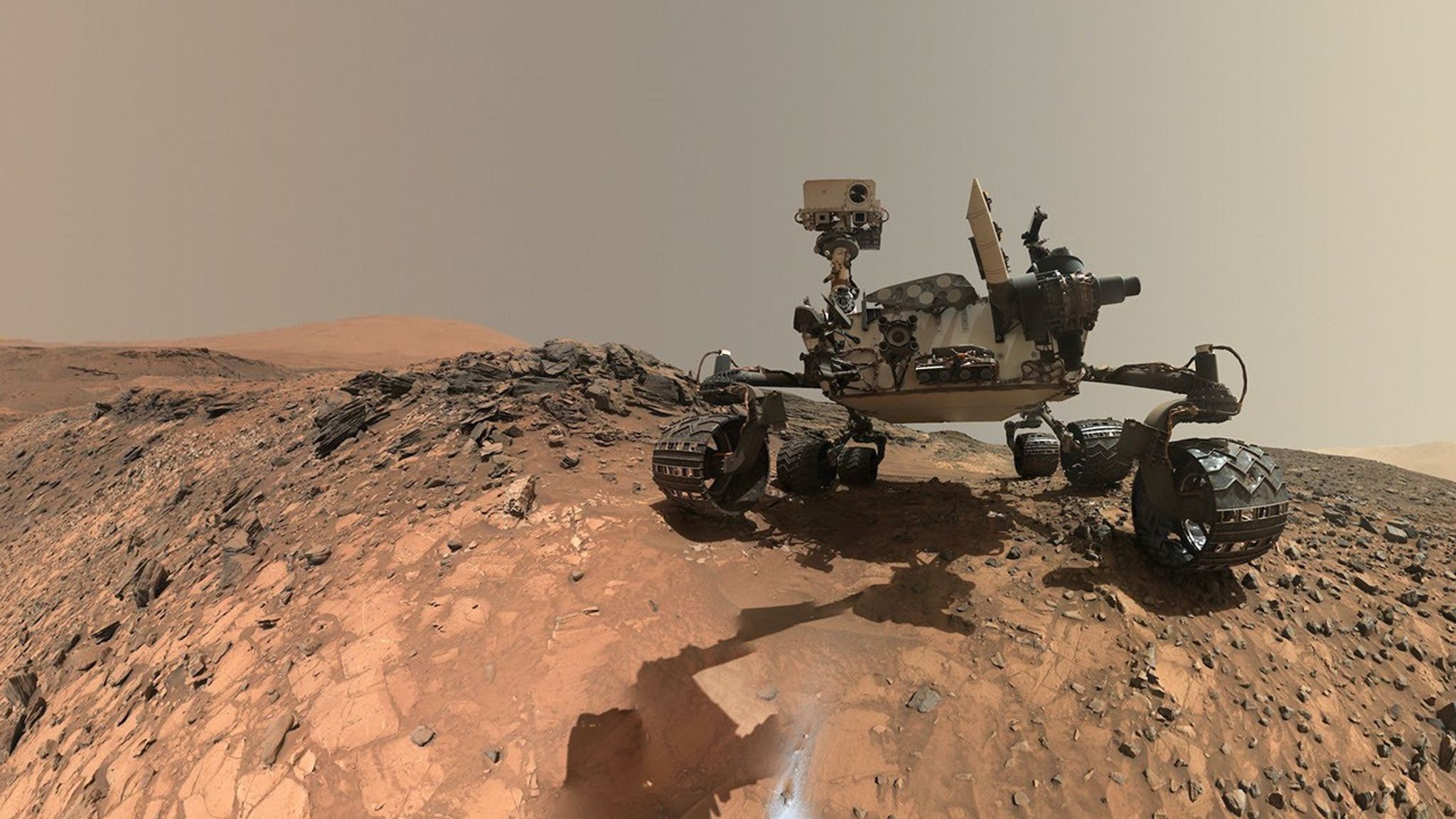
Share
Details
Related Terms
Stay Informed With the Latest & Most Important News
Previous Post
Next Post
-
 012024 in Review: Highlights from NASA in Silicon Valley
012024 in Review: Highlights from NASA in Silicon Valley -
 02Panasonic Leica Summilux DG 15mm f/1.7 ASPH review
02Panasonic Leica Summilux DG 15mm f/1.7 ASPH review -
 03How New NASA, India Earth Satellite NISAR Will See Earth
03How New NASA, India Earth Satellite NISAR Will See Earth -
 04And Thus Begins A New Year For Life On Earth
04And Thus Begins A New Year For Life On Earth -
 05Astronomy Activation Ambassadors: A New Era
05Astronomy Activation Ambassadors: A New Era -
06SpaceX launch surge helps set new global launch record in 2024
-
 07From Polymerization-Enabled Folding and Assembly to Chemical Evolution: Key Processes for Emergence of Functional Polymers in the Origin of Life
07From Polymerization-Enabled Folding and Assembly to Chemical Evolution: Key Processes for Emergence of Functional Polymers in the Origin of Life


